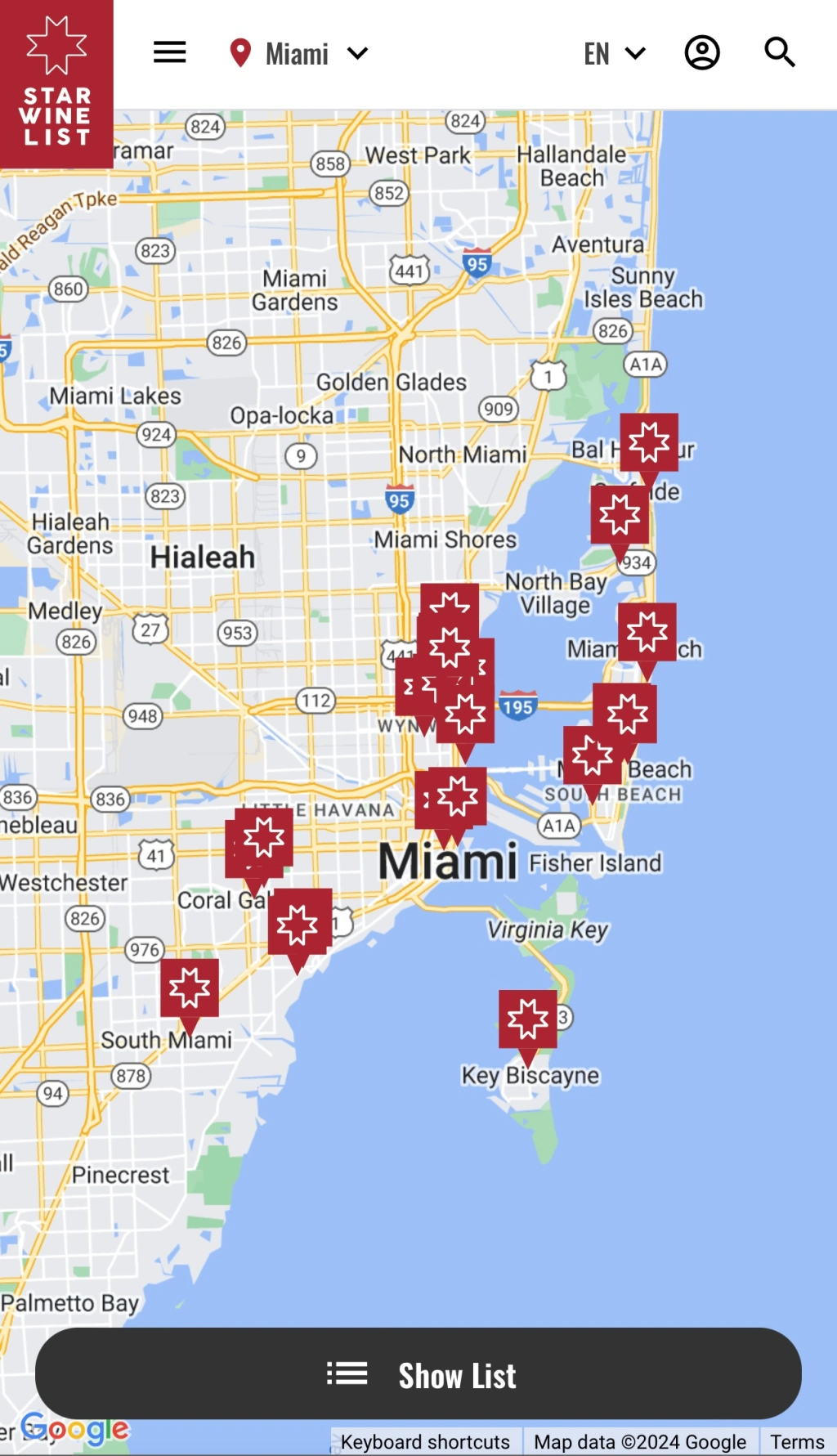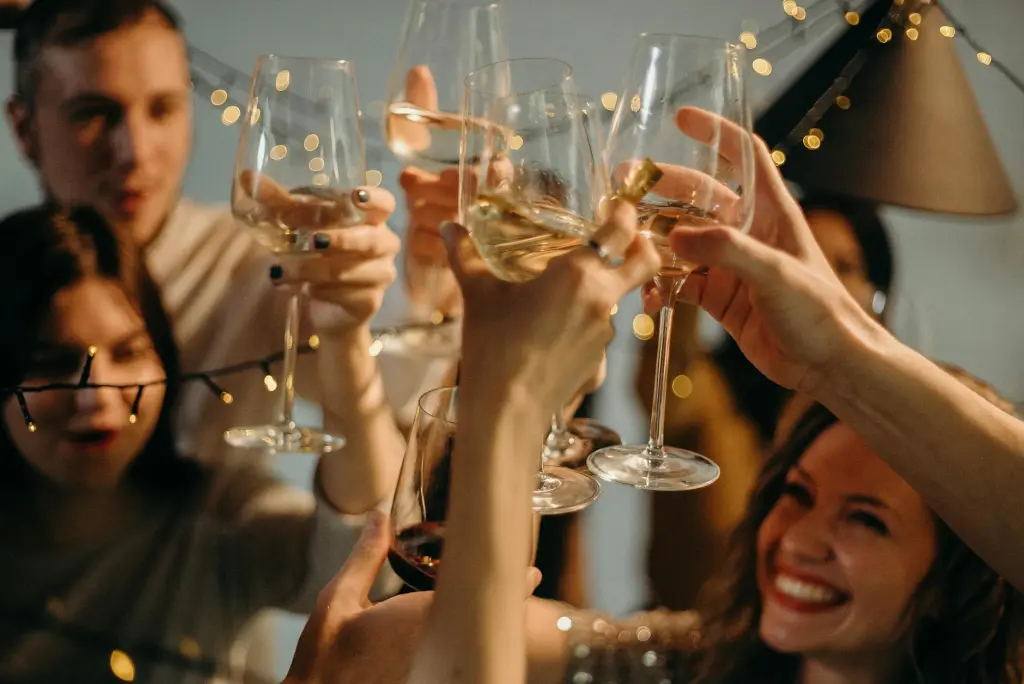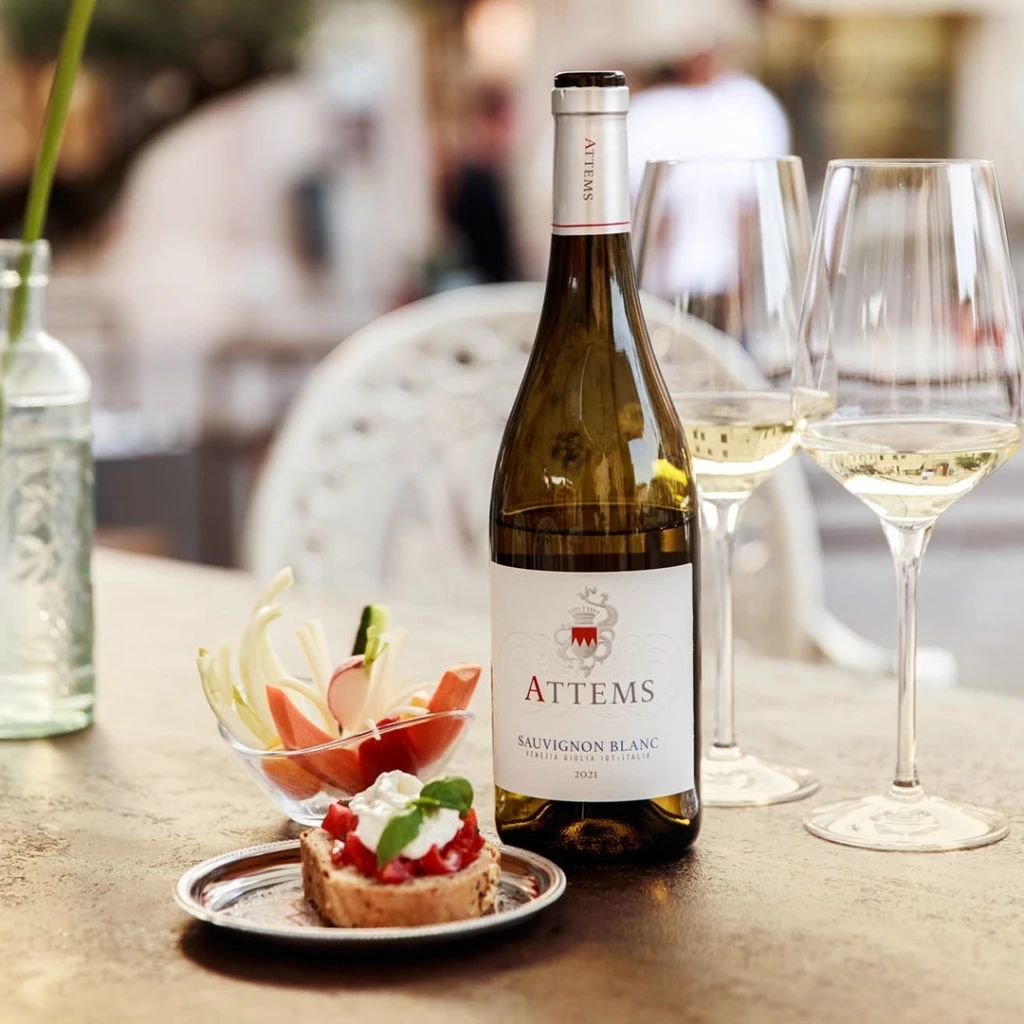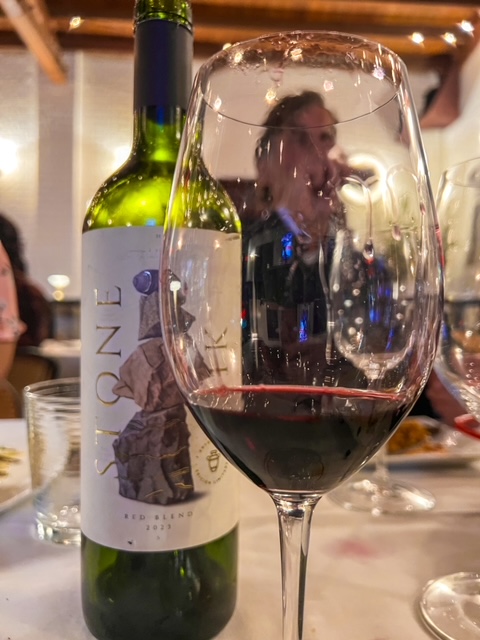I’ve been a little more creative than usual lately. There must be something in the October air…

I recently linked up with Miami-based (soon to be New Orleans-based) photographer and videographer, Joe F. Cardenas. Joe and I have done a few shoots together on land and under water, but perhaps the most interesting and most delicious has been our Veuve Clicquot Ponsardin & Light Photography shoot.
While I can’t explain all the techniques that go into creating a photo like this (Joe can), I can tell you that it is quite the process–requiring full patience and cooperation between model & photographer. I’m translucent, and that’s pretty fantastic art photography, but it is not as easy as it may look…
But enough about the photo, let’s talk about the Champagne.
Veuve Clicquot is a French Champagne house located in the Reims region. For those of you who are casual wine drinkers, let’s remember that real “Champagne” must come from the Champagne region of France; otherwise, it should be referred to as “Sparkling Wine.”
Philippe Clicquot-Muiron established this particular Champagne house in 1772, and it was his business that played an important role in making Champagne attractive as a drink for the rich & famous in France (bourgeoisie and nobility). Philippe had a son, Francois, who married a woman named Barbe-Nicole Ponsardin in 1798. Seven years after they married, Francois passed away, leaving his wife, now a widow (veuve in French), to carry on the family business. Though there were other enterprises within the family company (wool trading, banking, as well as Champagne production), Madame Clicquot focused solely on the Champagne, and she turned the family shop into a success.
One of the more interesting parts of the bottle of Veuve Clicquot is the anchor symbol, which is the Christian symbol for hope and rigor. Philippe himself chose this as a cork brand in 1798 when it was the only distinguishing mark on the bottle in an era before labels. Madame Clicquot continued to use the anchor when she inherited the brand in 1805, and it remains on the bottle today.
If you are in the mood to splurge for some real Champagne with a deep history, check out Veuve Clicquot Ponsardin.
If you are in the mood to check out some interesting artwork, check out Joe F. Cardenas.




Leave a comment